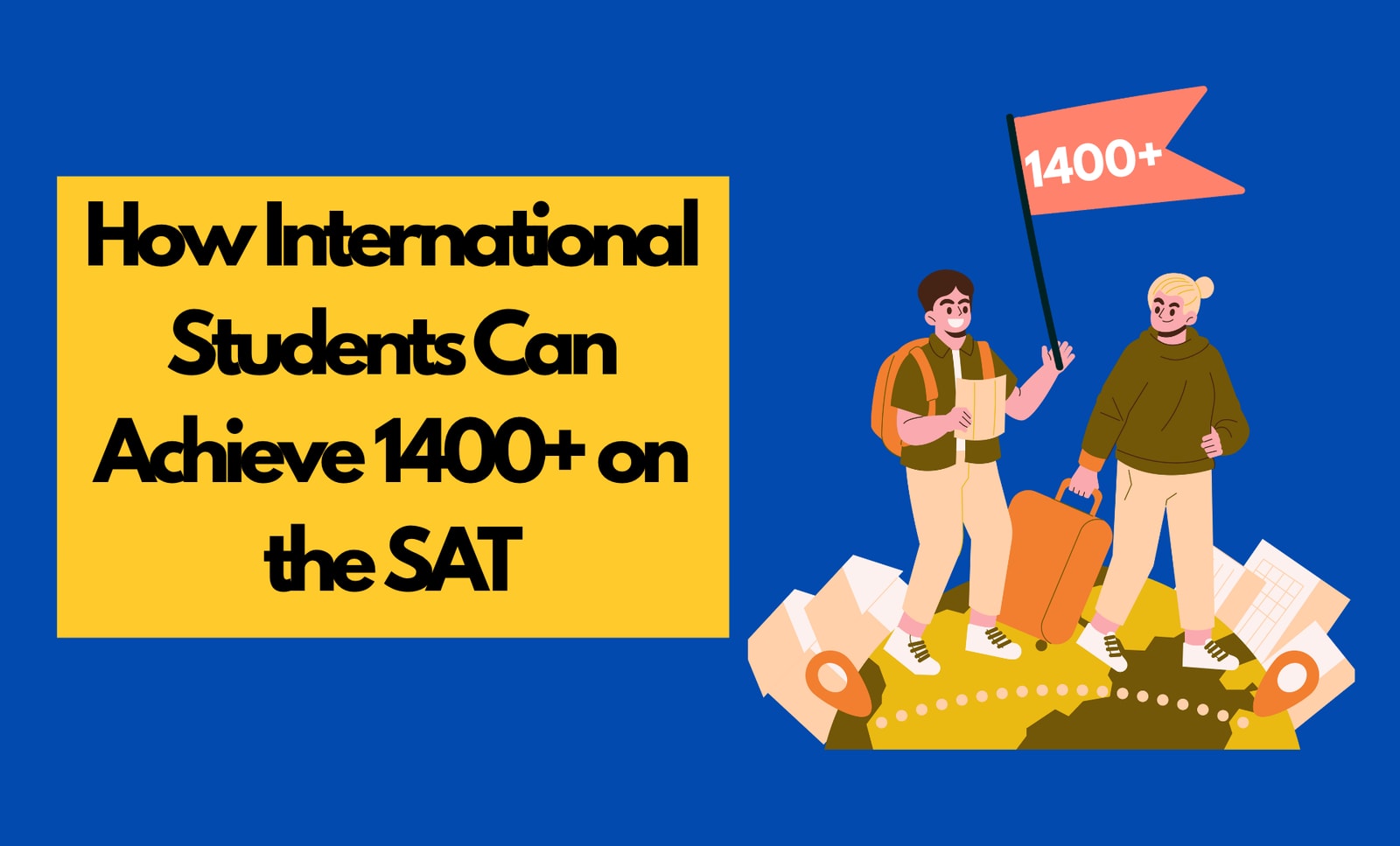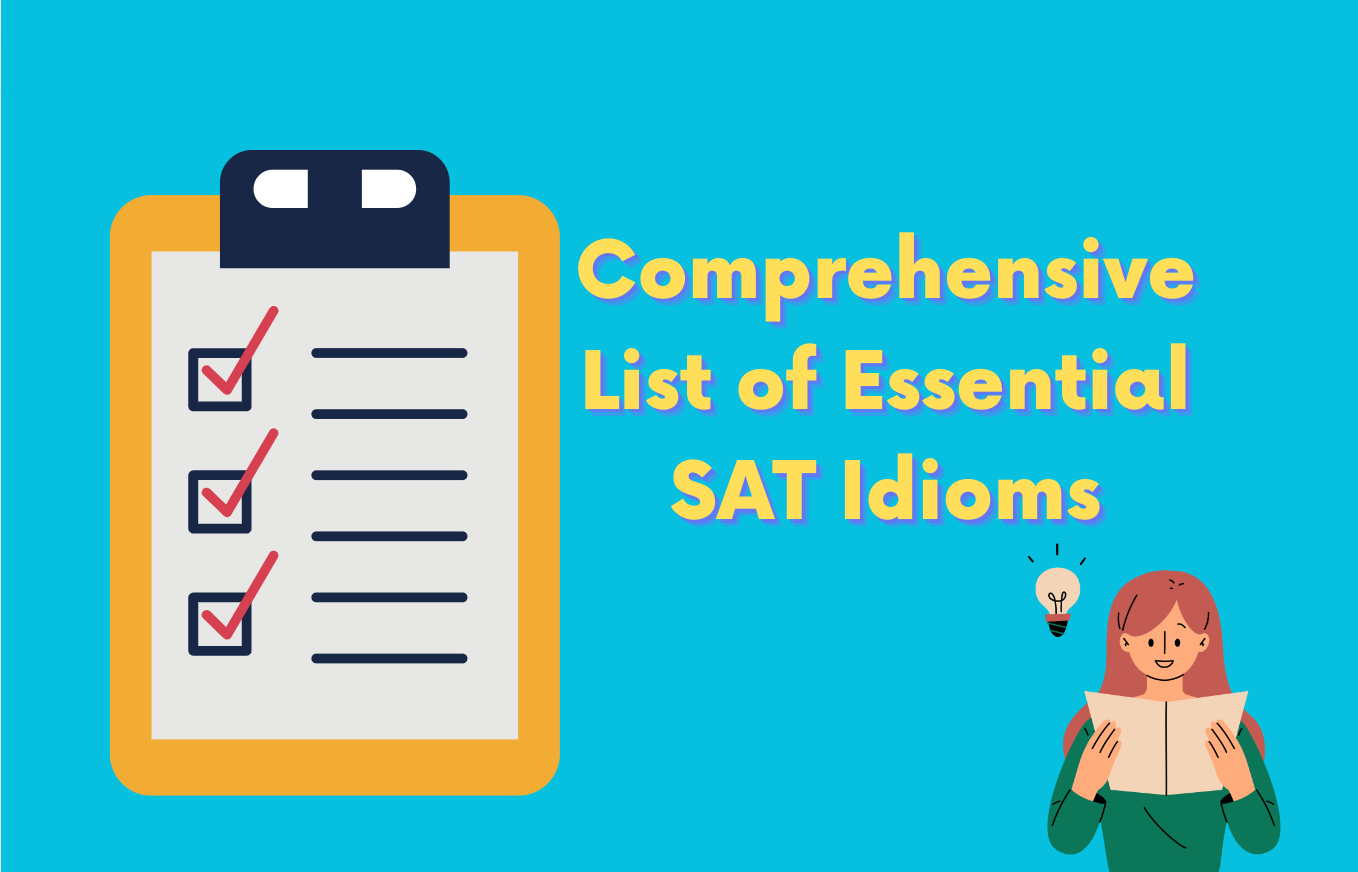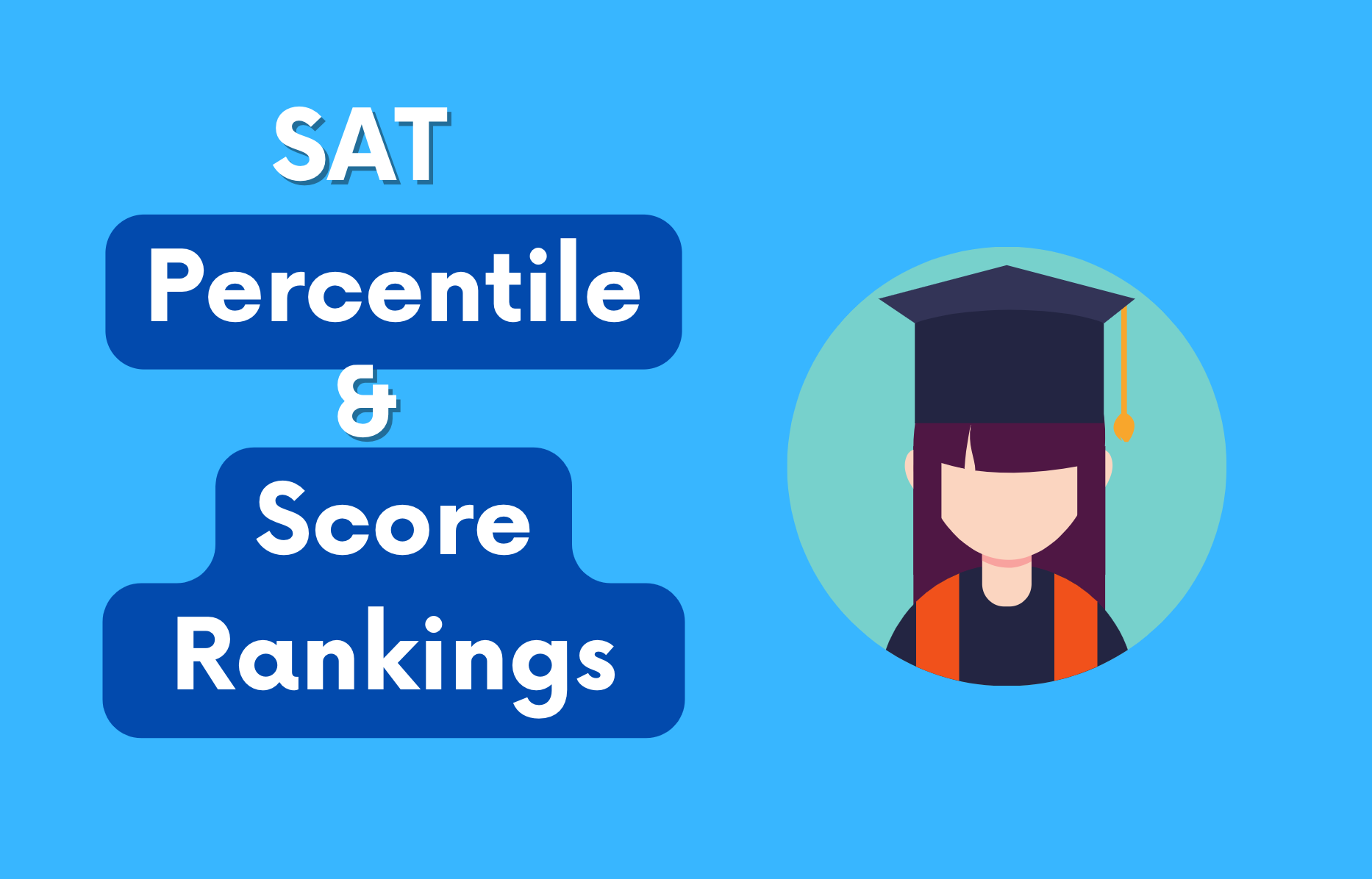How to Score 1400+ on the Digital SAT as a Non-Native English Speaker
Author
Phoenix Wilder
Date Published

Preparing for the SAT is already challenging for most high school students. For non-native English speakers, however, the challenge can feel even greater. Not only are you expected to master advanced math concepts, but you must also process complex reading passages, write with accurate grammar, and interpret subtle question phrasing—all in a language that may not feel completely natural to you.
Yet each year, countless international students prove that it is possible to achieve 1400+ on the Digital SAT, securing admission to competitive universities and scholarship opportunities. The key lies in understanding how the test works, overcoming language barriers, and practicing strategically.
In this article, we will break down actionable strategies specifically designed for non-English speakers aiming for a top SAT score, and also show how tools like Best SAT Score can complement your preparation.
1. Master the Digital SAT Format First
One of the biggest mistakes international students make is jumping straight into practice questions without first understanding the test format. The new Digital SAT is shorter (2 hours and 14 minutes), adaptive (difficulty of later modules adjusts based on performance), and composed of two sections: Reading & Writing and Math.
Why this matters:
· You must adapt your pacing to a faster, digital test.
· Adaptive scoring means your performance in the first module greatly influences how far you can push your score.
· Reading passages are shorter but more information-dense, testing your ability to extract meaning quickly.
📌 Tip: Begin by familiarizing yourself with official SAT sample tests available through the College Board. Then, move on to adaptive full-length practice exams (such as those provided by Best SAT Score) to simulate real conditions.
2. Build a Powerful Vocabulary Daily
For non-native speakers, vocabulary is often the single largest barrier to achieving higher SAT scores. Many Reading & Writing questions hinge on subtle shades of meaning between words.
How to Study Vocabulary Effectively
· Learn 5–10 new words every day. Don’t just rely on memorization; use them in your own sentences.
· Read U.S.-based content regularly: newspapers, magazines, academic essays, or even online opinion pieces. Exposure helps you understand how SAT-level vocabulary appears in natural contexts.
· Practice words in context, not isolation. The SAT rarely tests definitions directly. Instead, it asks you to identify words or phrases that fit logically into a sentence or passage.
Active vs Passive Vocabulary
· Passive vocabulary: words you recognize when reading.
· Active vocabulary: words you can use yourself in writing and speech.
Both are important. Your passive vocabulary supports reading comprehension, while your active vocabulary gives you confidence in grammar and expression for the Writing section.
📌 Helpful Tool: Best SAT Score’s flashcard system uses spaced repetition to move words from passive recognition into active recall. This kind of structured tool ensures you remember words long-term instead of forgetting them within a week.
3. Practice Reading Like an American Student
The Reading & Writing section is one of the toughest challenges for non-native speakers. It’s not only the words—it’s also the cultural references, writing style, and logical flow of arguments that can feel unfamiliar.
Strategies to Improve Reading Skills
1. Read varied genres: Don’t just stick to fiction or news articles. The SAT includes texts in science, history, humanities, and social studies.
2. Summarize each passage you read: After finishing an article, try to explain its main point in one or two sentences. This builds comprehension speed.
3. Skim strategically: Train yourself to pick up key arguments and tone quickly.
4. Practice annotation: Mark transitions (e.g., “however,” “therefore”), as these signal the writer’s logic—a frequent question type in SAT passages.
4. Use Translation Tools Wisely
It’s natural to reach for a translation tool when facing unfamiliar words. The key, however, is not to rely on them forever.
· Translate only individual words, not entire sentences. This forces you to interpret meaning through context.
· Switch from bilingual to monolingual dictionaries after 1–2 weeks. Thinking directly in English reduces dependency on your native language.
· Use browser extensions for quick translations while reading news or articles online, but gradually aim to read full texts without help.
This gradual reduction of reliance builds your confidence and prepares you for the SAT, where external translation help obviously won’t be available.
5. Create a Study Log for Unfamiliar Terms
An effective way to bridge the language gap is by maintaining a dedicated reference log:
· Category: Science, History, Literature, etc.
· Word or Phrase: The new vocabulary you don’t understand.
· Context: Copy the exact sentence where it appears.
· Definition: A simple explanation in English.
· Example Sentence: Create one of your own using the word.
This not only builds your vocabulary but also trains you to notice patterns in SAT passages.
📌 Pro Tip: Pair this with practice questions. For example, Best SAT Score’s question bank includes detailed explanations and highlights common traps—helping you learn not only what the correct answer is, but why you may have initially chosen the wrong one.
6. Develop a Balanced Study Schedule
For international students juggling school, language preparation, and sometimes multiple standardized tests, time management is critical.
How to Structure Your Week
Daily Sessions (30–60 minutes): Vocabulary flashcards + short reading or math drills.
Weekend Intensive (3–4 hours): A full-length timed practice test with review afterward.
Exercise and Rest: Adequate sleep and physical activity improve memory retention and test stamina.
📌 Smart Approach: Instead of creating a schedule manually, you can use tools like AI-powered study planning (Best SAT Score) that automatically divides your prep into manageable weekly tasks and syncs with your calendar. This keeps you consistent without burning out.
7. Practice Full-Length Digital Adaptive Tests
Practicing in “real test conditions” is non-negotiable. Too many students study only with drills or single sections, then feel overwhelmed when facing the full-length exam.
Why Full Tests Matter
· Build stamina: The SAT is 2+ hours long; practice conditions train your brain for endurance.
· Pacing practice: Learn how much time to allocate per question.
· Adapt to digital format: No paper and pencil—the test is on a screen, which changes how you read and annotate.
📌 Tip: Platforms like Best SAT Score simulate this structure exactly, adapting question difficulty just like the actual SAT. After each test, you get reports identifying weak areas—so your next study sessions target the right improvements.
8. Strengthen Your Math in English
Many international students are strong in math but trip up on word problems simply because of language phrasing.
Strategies to Overcome This
· Practice translating math words into formulas. For example, “less than” means subtraction, “at least” often signals inequalities.
· Review U.S. math terminology. Words like “median,” “mode,” or “rate of change” are sometimes learned differently abroad.
· Do timed math drills in English. Reading quickly is just as important as calculating correctly.
9. Monitor Your Progress Continuously
Improvement comes from tracking—not just studying. Set checkpoints every 2–3 weeks to review your scores.
· Take a full practice test.
· Record your scores by section.
· Compare against your previous test.
· Identify your weakest area—and design your next week’s practice around it.
📌 Helpful Tool: Best SAT Score’s Instant Score Calculator and Progress Dashboard automatically converts raw scores into official scaled ones and plots your growth over time. Seeing progress visually keeps motivation high.
10. Keep Balance and Consistency
Finally, remember that test prep is a marathon, not a sprint. Especially for non-native speakers, progress may feel slow at first—but daily consistency adds up quickly.
· Make sleep and health priorities. Your brain learns and remembers far better when you rest well.
· Avoid cramming. Long-term memory requires regular short sessions, not last-minute all-nighters.
· Stay confident. Countless international students have gone from struggling with English to achieving top SAT scores—and so can you.
Conclusion: Reaching 1400+ is Within Your Reach
Achieving 1400+ on the Digital SAT is not about being a native speaker—it’s about using smart, structured strategies.
· Focus on daily vocabulary building in context.
· Strengthen your reading comprehension and speed by practicing with authentic U.S.-based texts.
· Build test endurance and smart pacing with full-length adaptive practice tests.
· Use study logs, smart planning, and progress tracking to keep improving efficiently.
Tools like Best SAT Score can make the journey smoother—helping you with flashcards, adaptive testing, AI-generated study schedules, and progress analytics—but the key ingredient will always be your consistent effort and determination.
If you commit to regular practice, steadily improve your language skills, and use the right strategies, a 1400+ SAT score as an international student is absolutely possible.
Related Posts

Don’t let idioms trip you up! Explore our comprehensive SAT idiom guide to confidently tackle tricky questions and improve your score.

Confused about SAT percentiles? Find out how they impact your college admission chances and how much your score matters.